Forest Fires and Fish Habitat
- May 19, 2015
- John Harrison
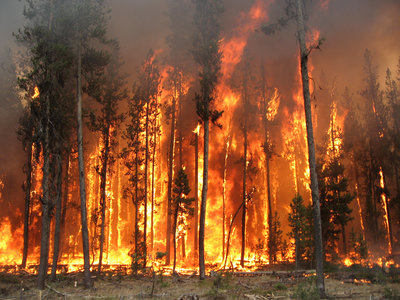
Forest fires may be good for salmon habitat.

Forest fires may be good for salmon habitat.

In a wide-ranging conversation with the Council this month, Bonneville Power Administration Administrator Elliot Mainzer said the ongoing transformation of the electricity industry, characterized by a steady transition away from fossil fuel-fired power plants to greater reliance on renewable energy
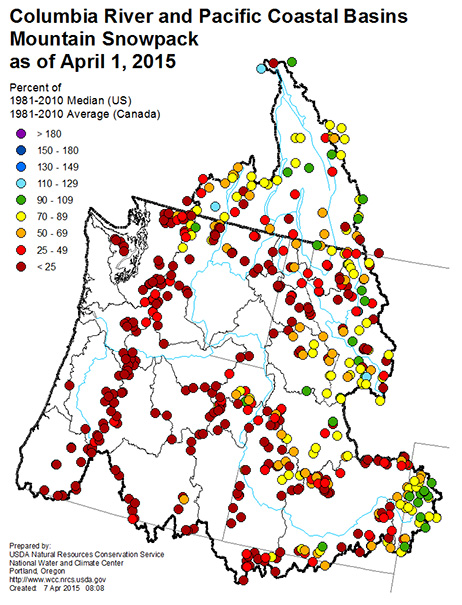
While nearly all of the West is experiencing abnormally dry conditions, with drought emergencies declared in California and three of the four Northwest states, the water supply in most of the Columbia River Basin is close enough to normal that
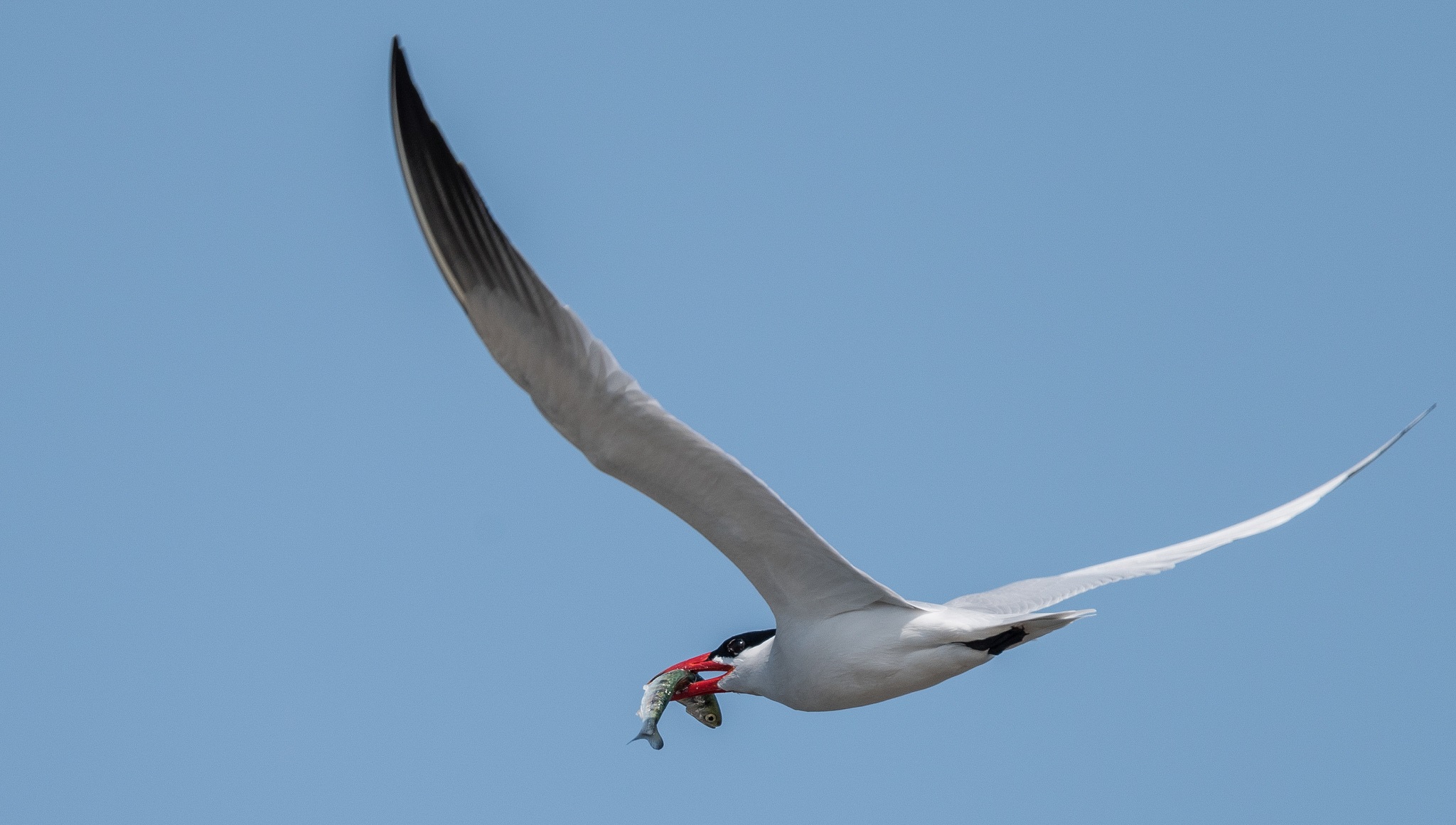
Scientists estimate that fish-eating birds consume 35 percent of the juvenile Upper Columbia River spring Chinook salmon, an endangered species, as they migrate downriver to the Pacific Ocean each spring.
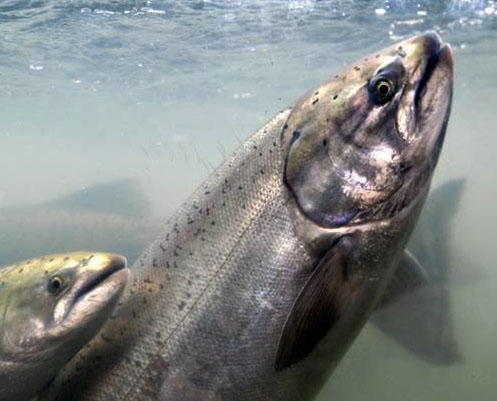
An avalanche of spring Chinook hit Bonneville Dam in late April and early May, then tapered off into the middle of the month. Bonneville, 146 miles inland from the Pacific Ocean, is the first place on the Columbia River where
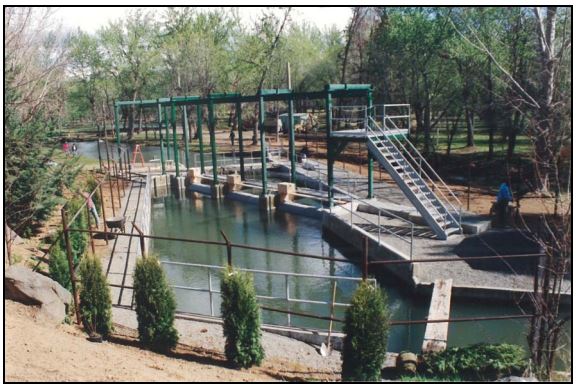
In revising the Columbia River Basin Fish and Wildlife Program in 2014, the Council committed to define and develop a long-term maintenance plan and process to ensure that past investments in projects that implement the program remain properly functioning and
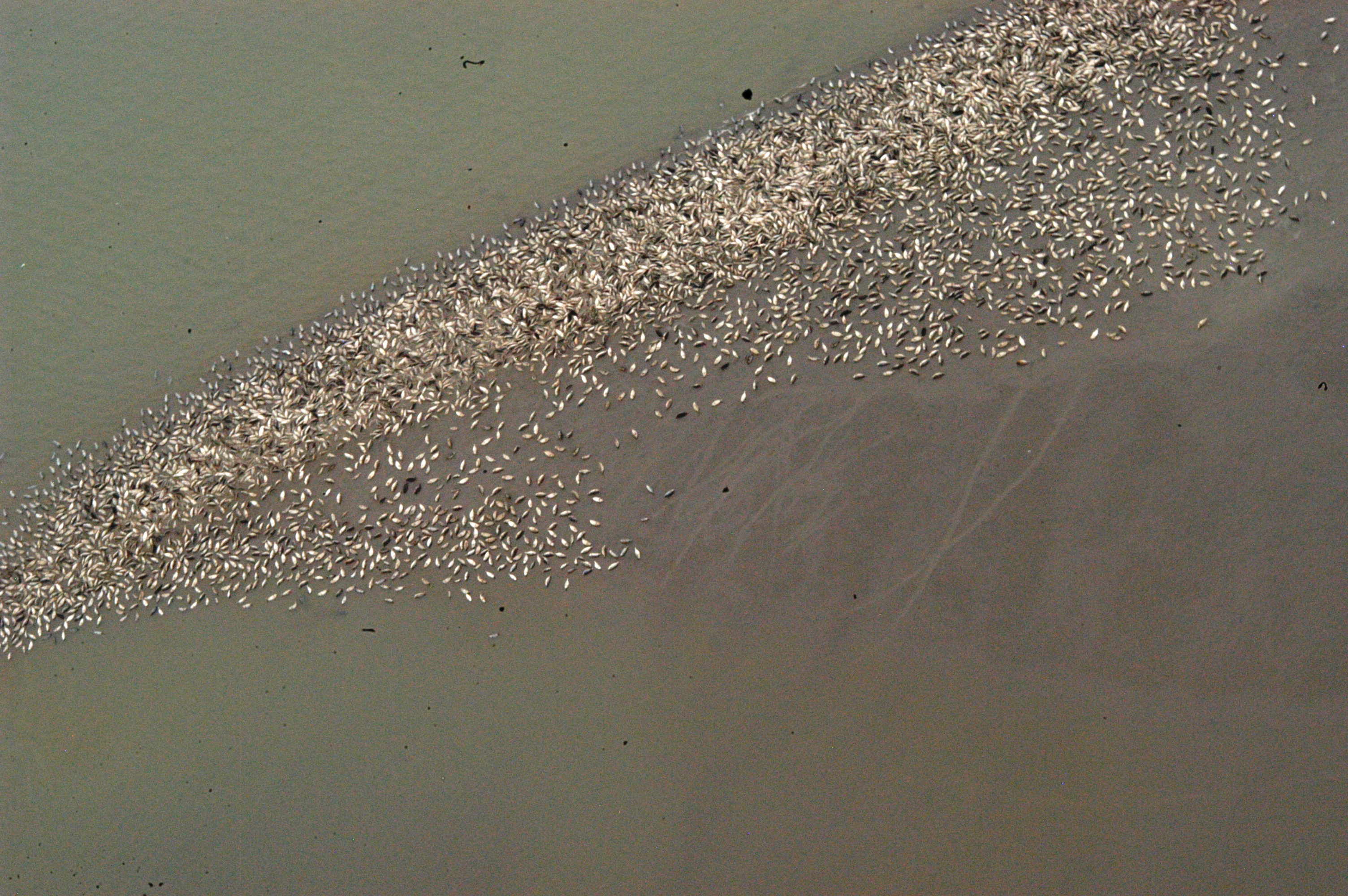
An aerial survey by the Washington Department of Fish and Wildlife in February counted more than 6,000 seals and 1,600 sea lions in the Astoria area, according to a report in The Seattle Times.
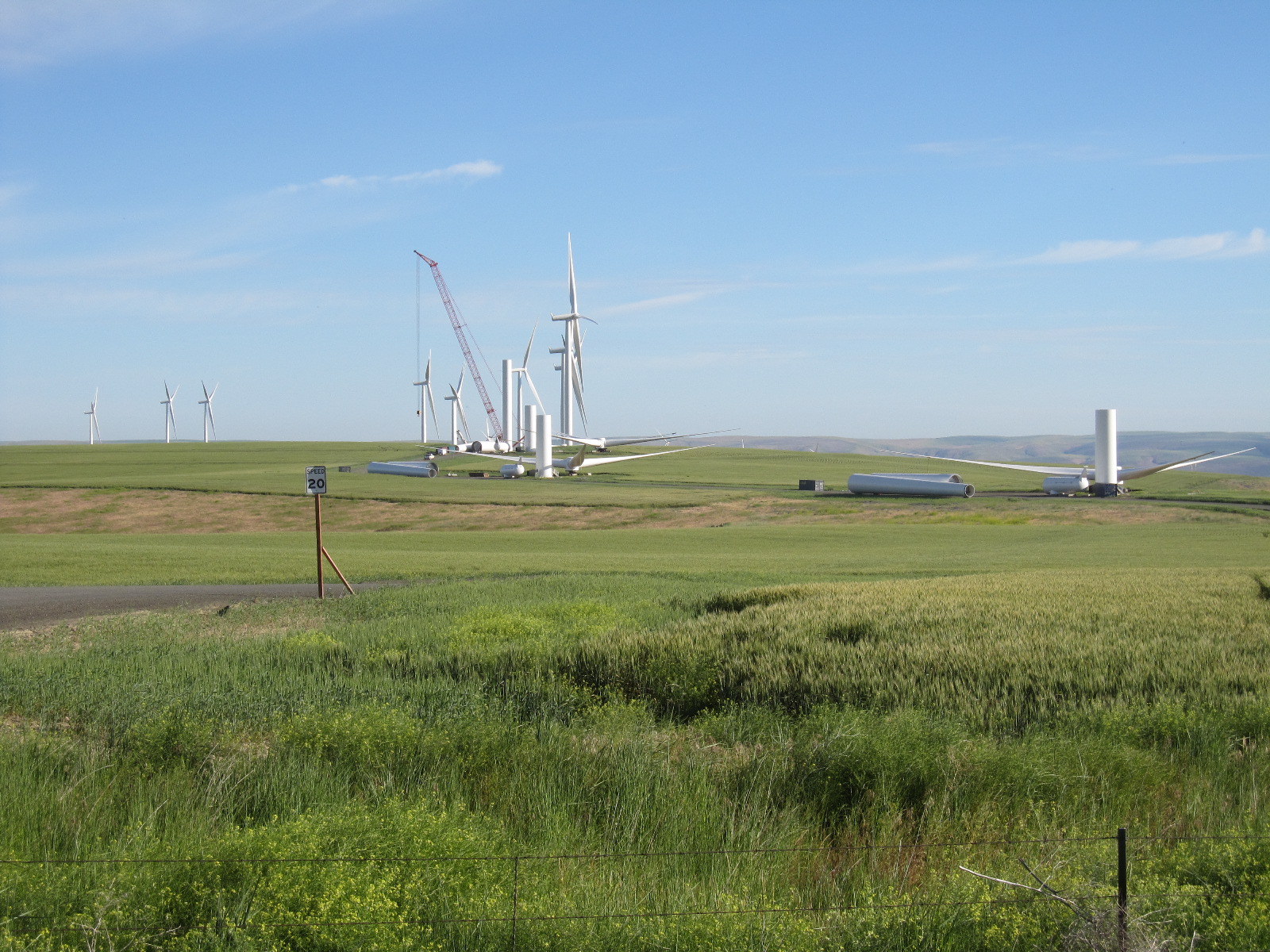
Natural gas, wind, and solar power plants are the most significant forms of energy generation that, in combination with improvements in energy efficiency and demand response, will be included in modeling as the Council develops the portfolio of resources to

Ever since the first Northwest Power Plan in 1982, the Council has recognized that consumers have a choice of fuels for their water heaters. The predominant choice is natural gas.
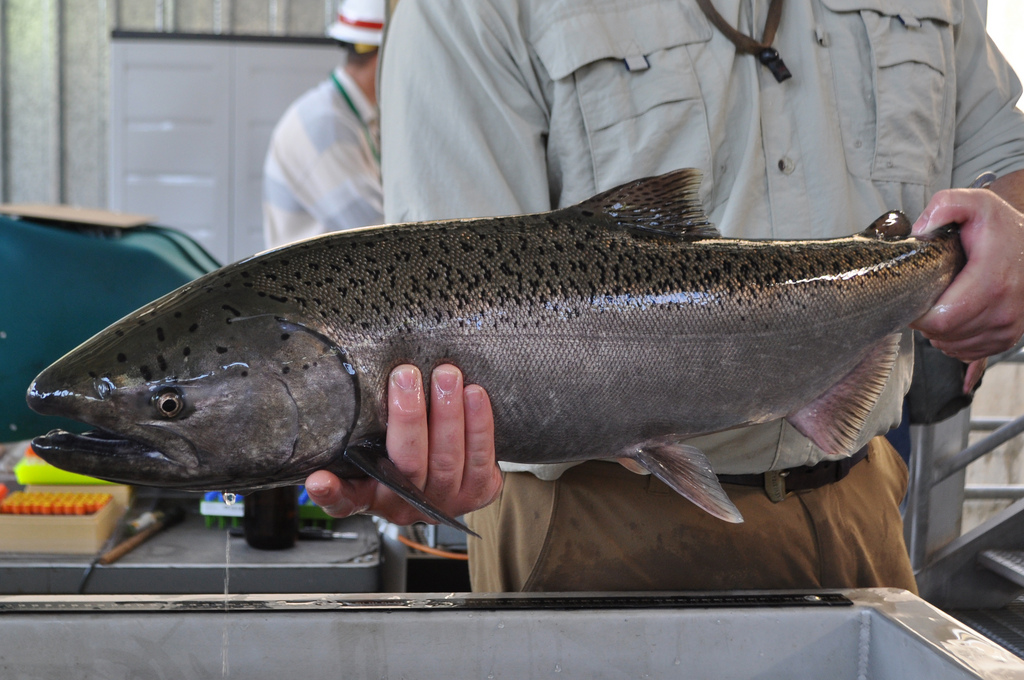
Columbia River salmon runs should top 2 million fish again in 2015, continuing a trend of record or near-record runs over last decade compared to runs in the 1990s, fish managers reported to the Council this month.